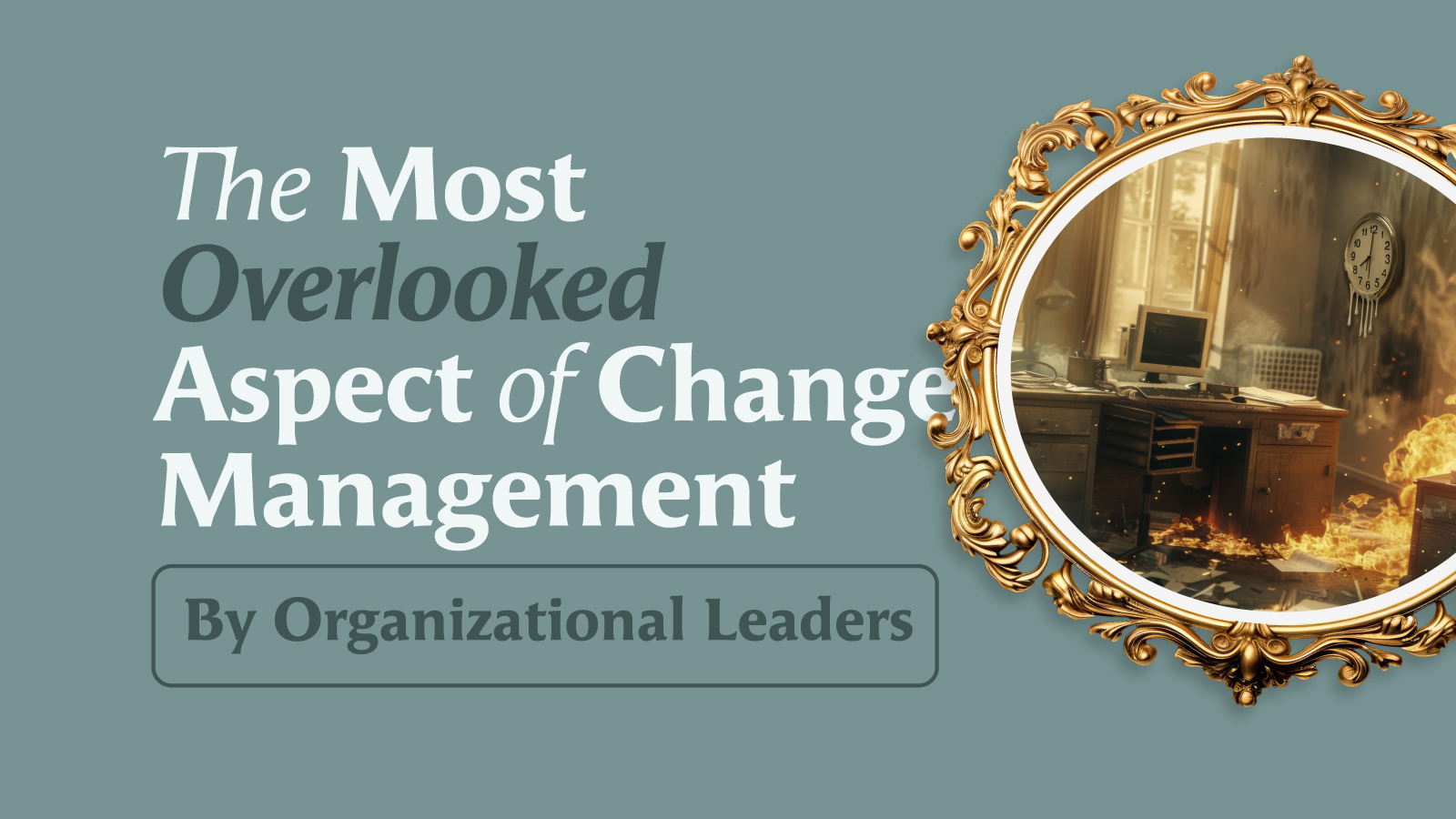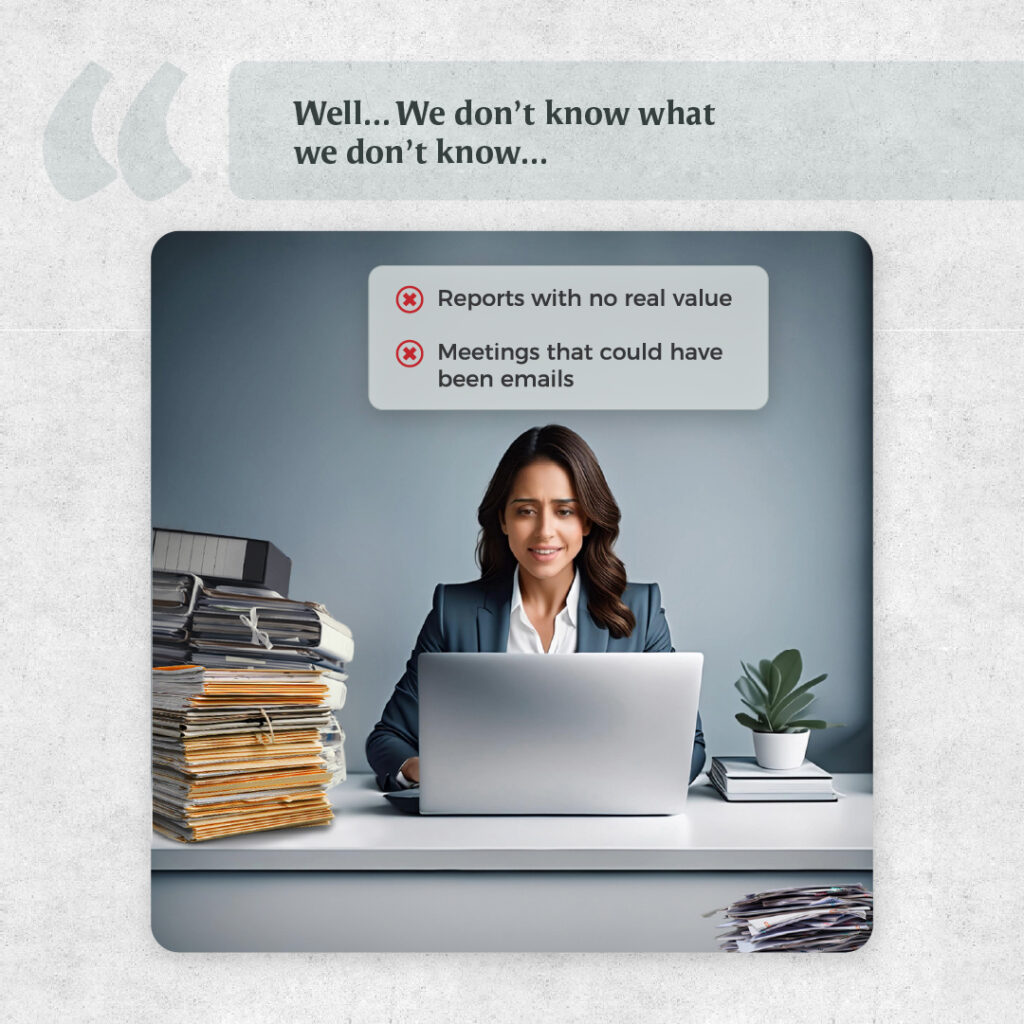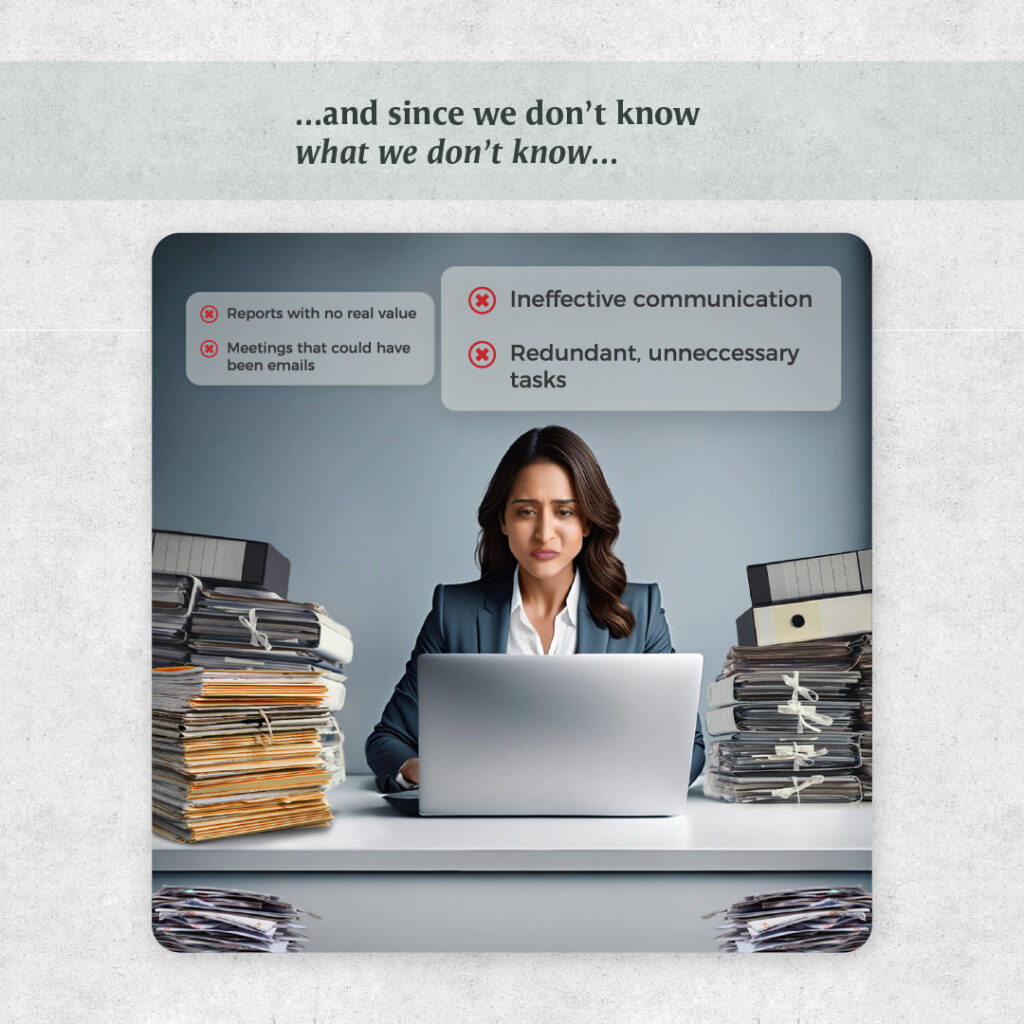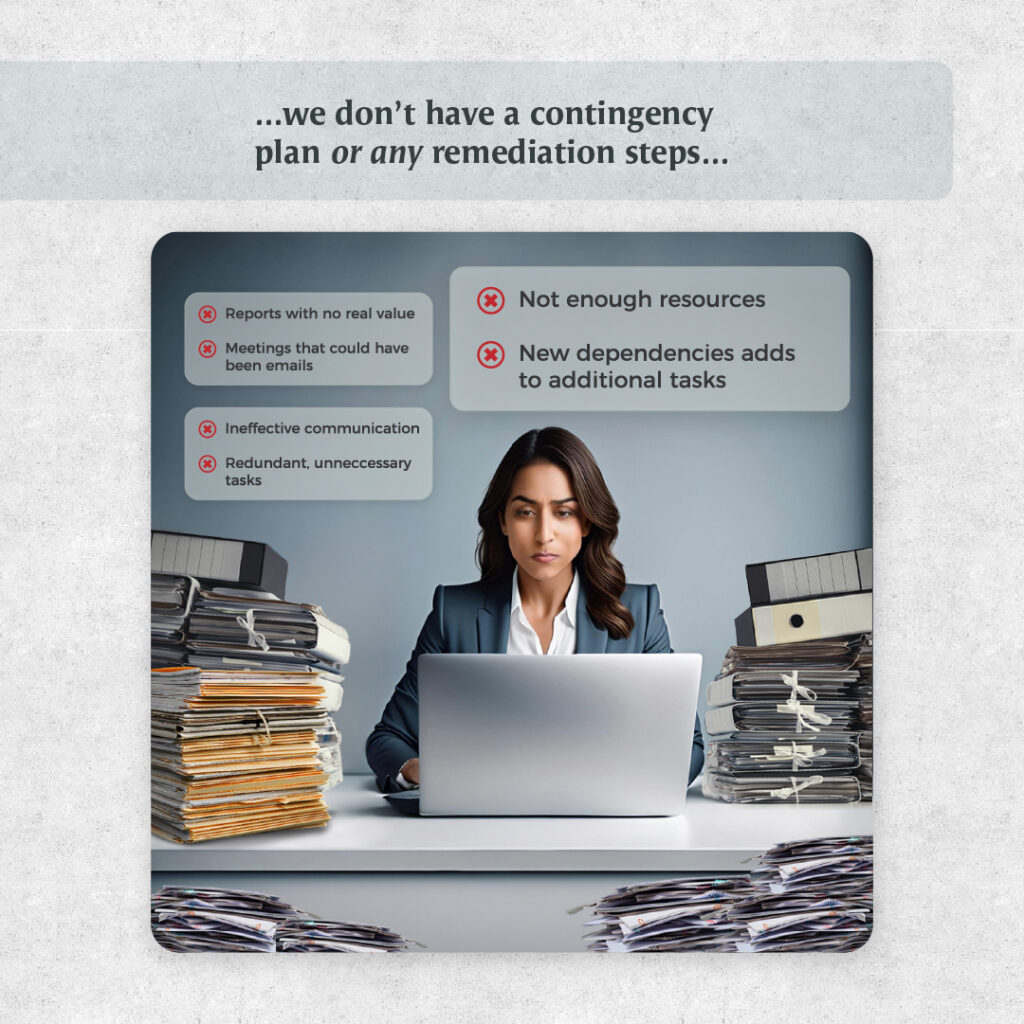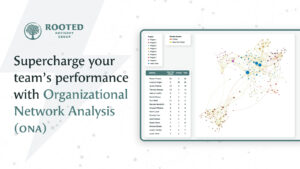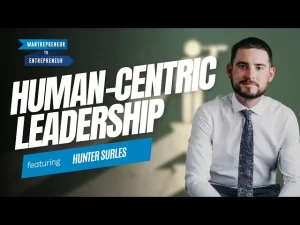If you’ve been involved with Change Management in the past, you’ve likely heard the statement:
Active and visible leadership support is one of, if not the highest, predictor of success for the change itself.
Creasey, T. (2024, June 11). Best practices in change management. Prosci. https://www.prosci.com/blog/change-management-best-practices
There is no doubting the importance of a leader’s involvement and visibility. Without one or the other, change becomes exceedingly more difficult and less successful.
Involvement and visibility are vital.
However, there is one factor that may be more important than being an “active and visible” organizational leader.
The ability of employees to adapt and worth through change while continuing to perform the roles of their day-to-day job.
Before we explain why this is the most overlooked aspect of change management…
Let’s review the basics.
Quick Review
The (Mostly) Universal Phases of Change Management
No matter what method you subscribe to, these four phases (or stages) of change management are generally universal.
Preparing
for Change
While preparing for change organizations, and the leaders within these organizations, typically want to accomplish some of the following objectives:
Objectives
Questions for Preparing Change
Planning
for Change
While planning for change organizations, and the leaders within these organizations, typically want to accomplish some of the following objectives:
Objectives
Questions for Planning the Change
Navigating
the Change
Throughout the navigation phase of change, organizations typically begin with some of the following objectives and questions:
Objectives
Questions for Planning the Change
Maintaining
the Change
While maintaining change implementations, it is common for organizational leaders to:
Objectives
Questions for Planning the Change
Right about now, you are probably asking yourself something along the lines of…
Universal phases… check.
The questions and objectives… check and check.
So what’s being overlooked here?
This leads us to the discussion of why the problem of overburdened employees is such a pervasive issue by asking the remaining question:
What is not usually accounted for in today’s standard change management practices?
The Answer:
The ability of employees to adapt and worth through change while continuing to perform the roles of their day-to-day job.
This is particularly true for those key roles within the change who will be asked to maintain daily operations, while also helping to shape the path forward.
These key roles have no specific place in the hierarchy, but usually reside within the front-line to mid-managerial levels of operation.
The Story of Sarah
An Artificially-Assisted, Fictional Epilogue
To help us better understand this common breakdown within the change management process, we would like to introduce our top-performing manager, and fictional employee – Sarah.
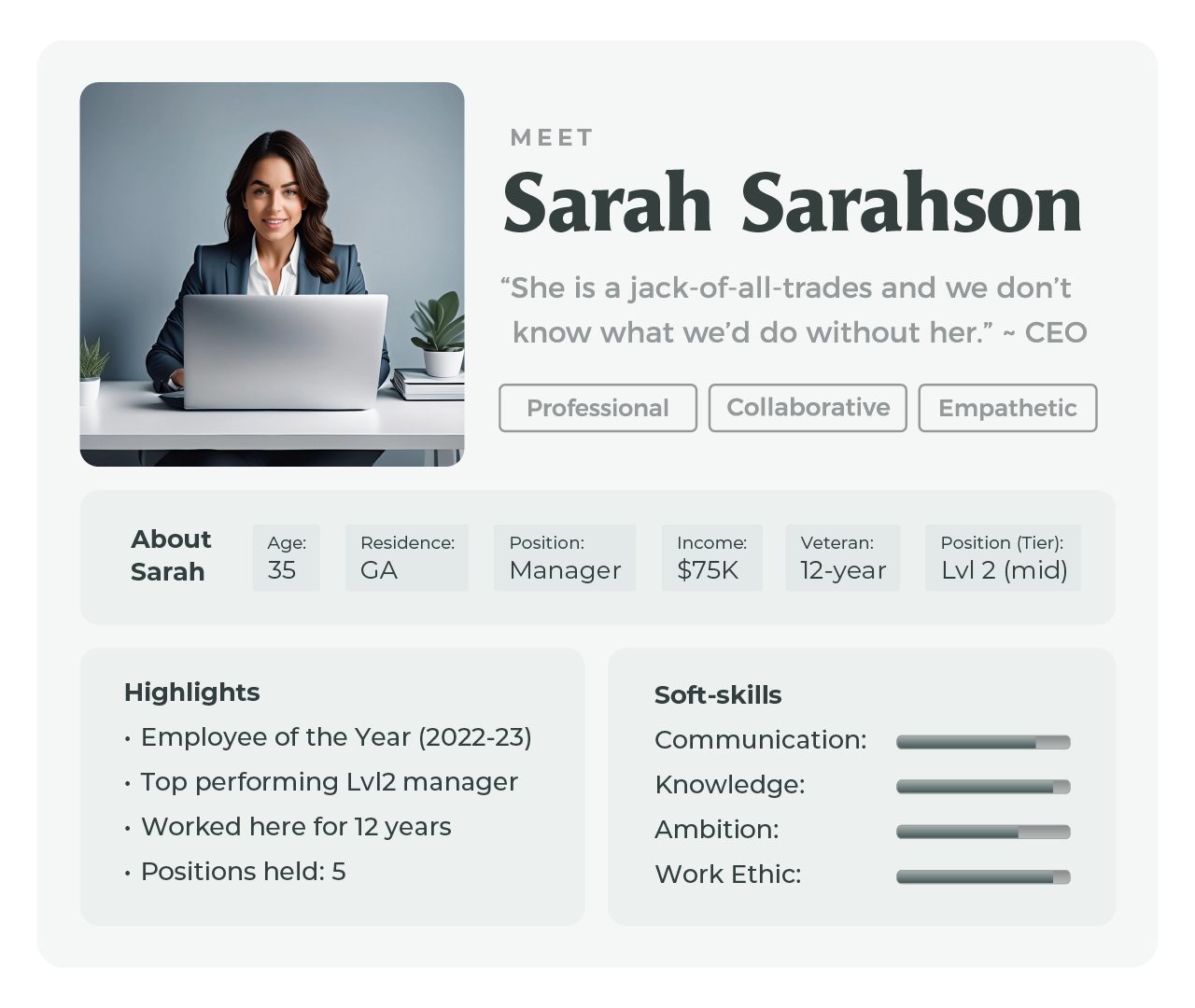
This is Sarah.
Sarah has been asked to be a key project member for an upcoming systems change, while also maintaining her day-to-day responsibilities, as a stretch goal.
Sarah’s colleagues can’t say enough positive things about her. She contributes a vast reservoir of company-specific knowledge in addition to her strong work ethic and dependable communicator.
The Impact of Overlooking the Importance of Sarah
Change management plans that do not account for overburdened team members can give the illusion of due diligence because it keeps all parties involved and identifies the surface level details.
In this situation, reality rarely meets the expectations set during the planning phase.
Despite meticulously following the company-standards and performing “comprehensive” due diligence, Sarah’s true merit is still overlooked.
The Results of the Impact
The results of overlooking Sarah’s true value usually resemble something along the lines of:
Leaders will then (likely) defect to all-too-familiar cliches like:
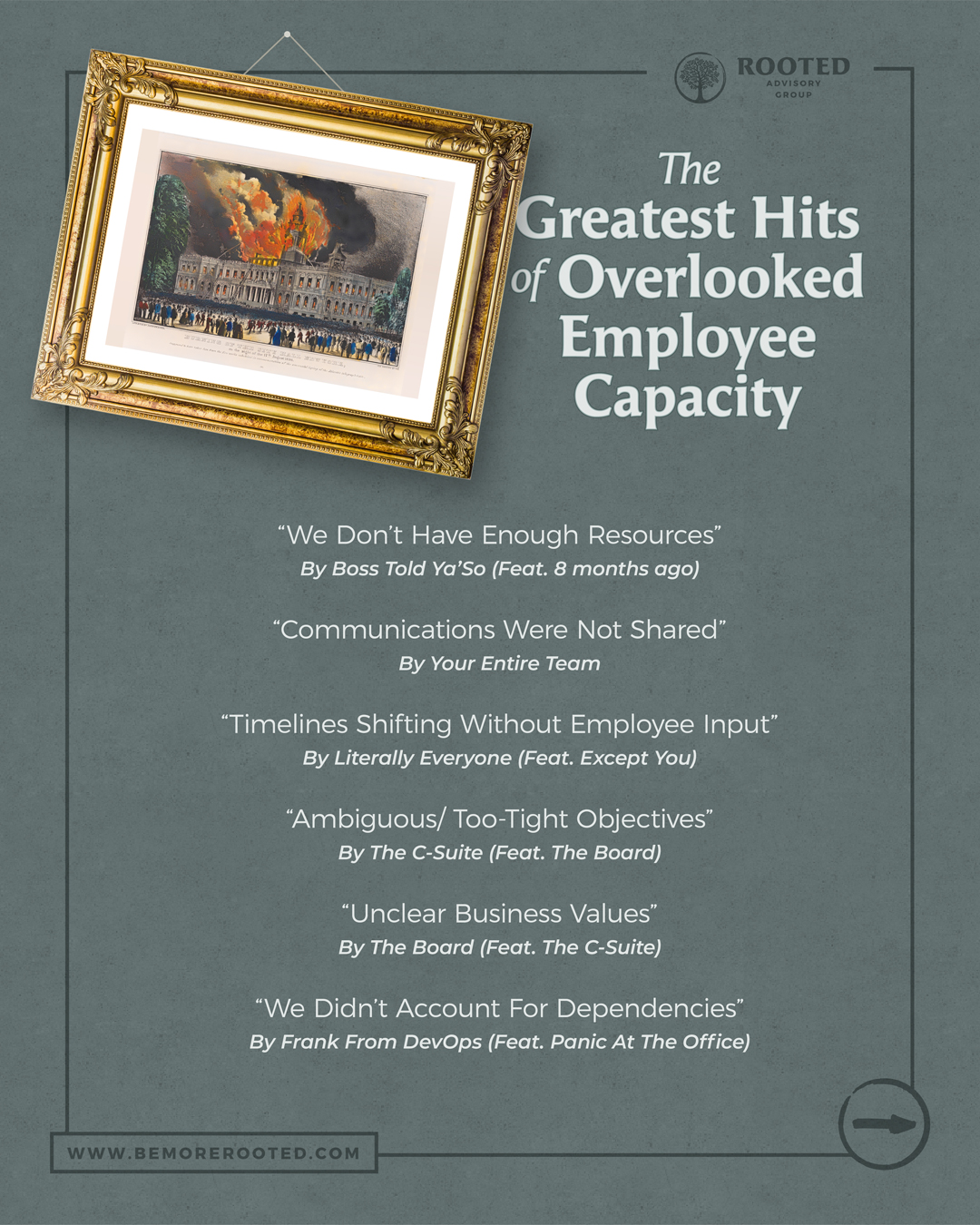
Sarah has been loyal to this company for most of her professional career.
How does Sarah feel about ‘work’ after hearing, “…Just deal with it, Sarah…”?
When leaders expect already overwhelmed team members to adapt to change without providing additional support, they are essentially sending the message to “just deal with it”.
Nothing in a communications plan or resistance management approach will make your people fee otherwise.
At this point, change management efforts are relegated to “going through the motions” rather than the much preferred alternative:
Leading proactively by taking meaningful steps to engage with people, show reciprocity, and support the success of the project.
Change Fatigue
It’s real and Sarah’s got it
Unfortunately, this lays the groundwork for change fatigue to become the long-term norm in an organization.
Even if a change is deemed successful in the short-term, the “deal-with-it” approach inevitably has long-lasting negative impacts that will metastasize over time.
The “Deal-With-It” Fallout
The “Deal-with-it” fallout is sometimes characterized by some noticeable changes to workplace behaviors including (but not limited to) the following:
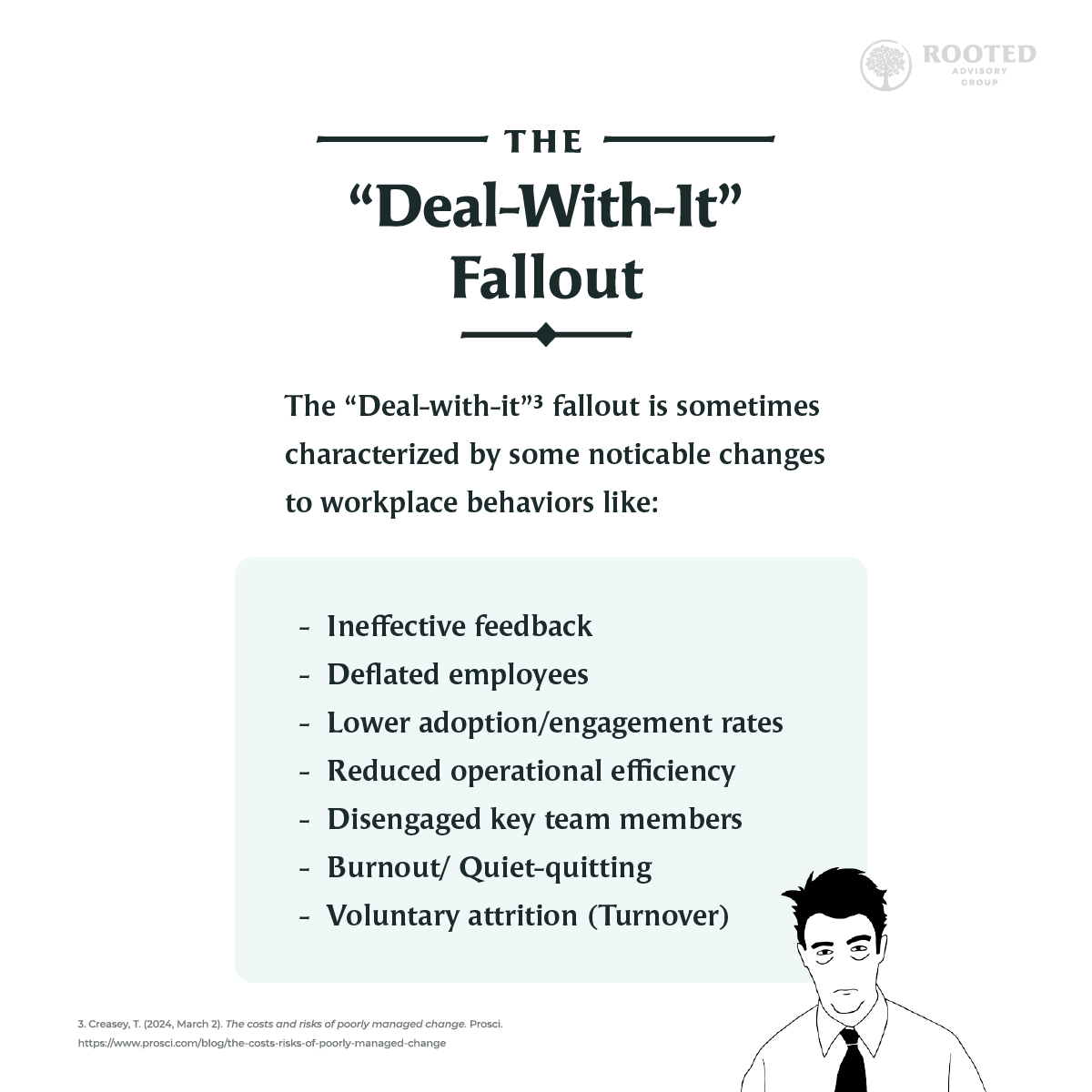
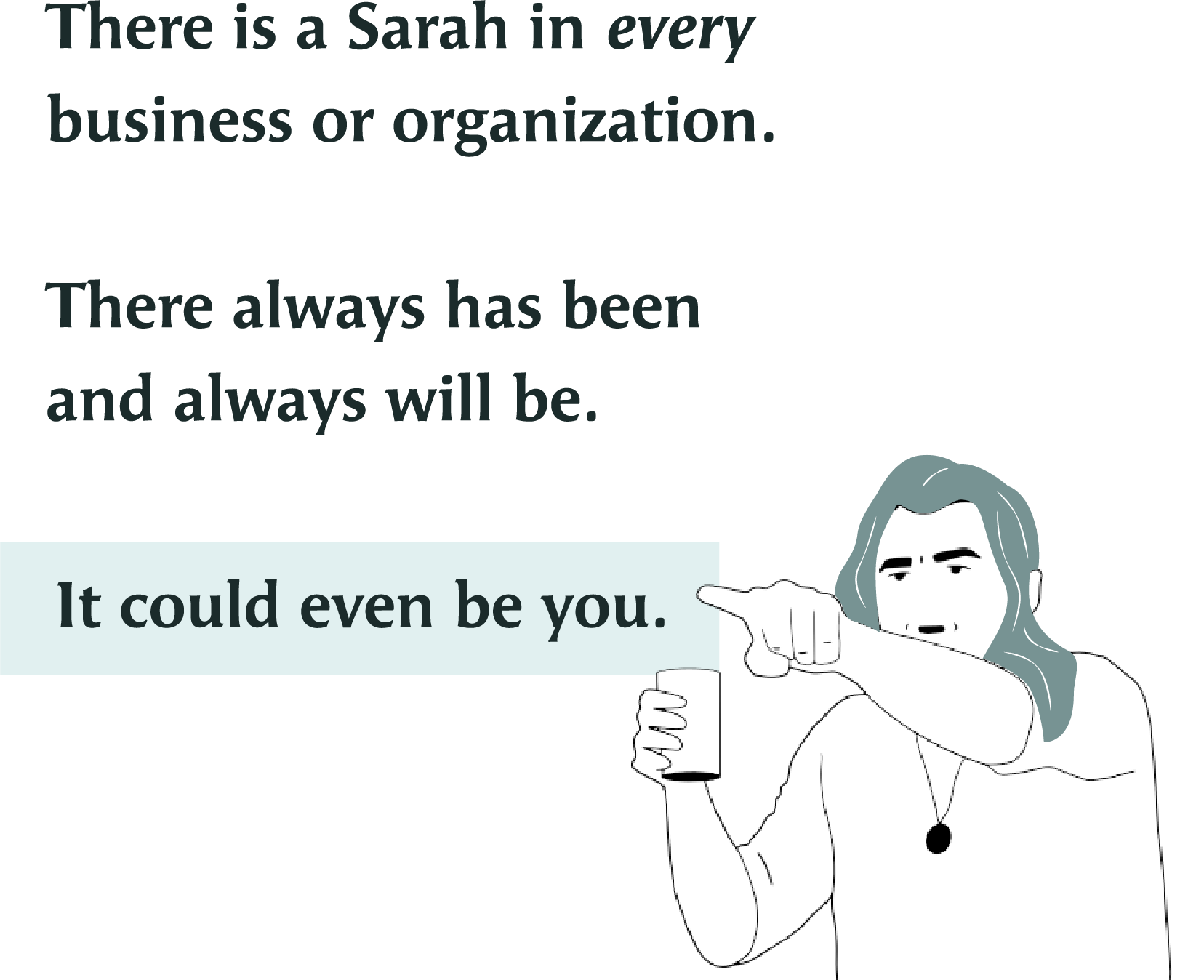
So… Assuming that you:
Questions leaders can ask employees to assess their capacity
What if staffing isn't an issue, there is no busy season causing strain and teams still aren't succeeding?
Then leaders should ask:
- Is talent allocated effectively?
- Are we training people properly?
- Can our processes be streamlined?
Addressing even one of these can make change infinitely easier.
